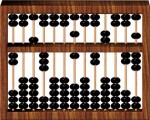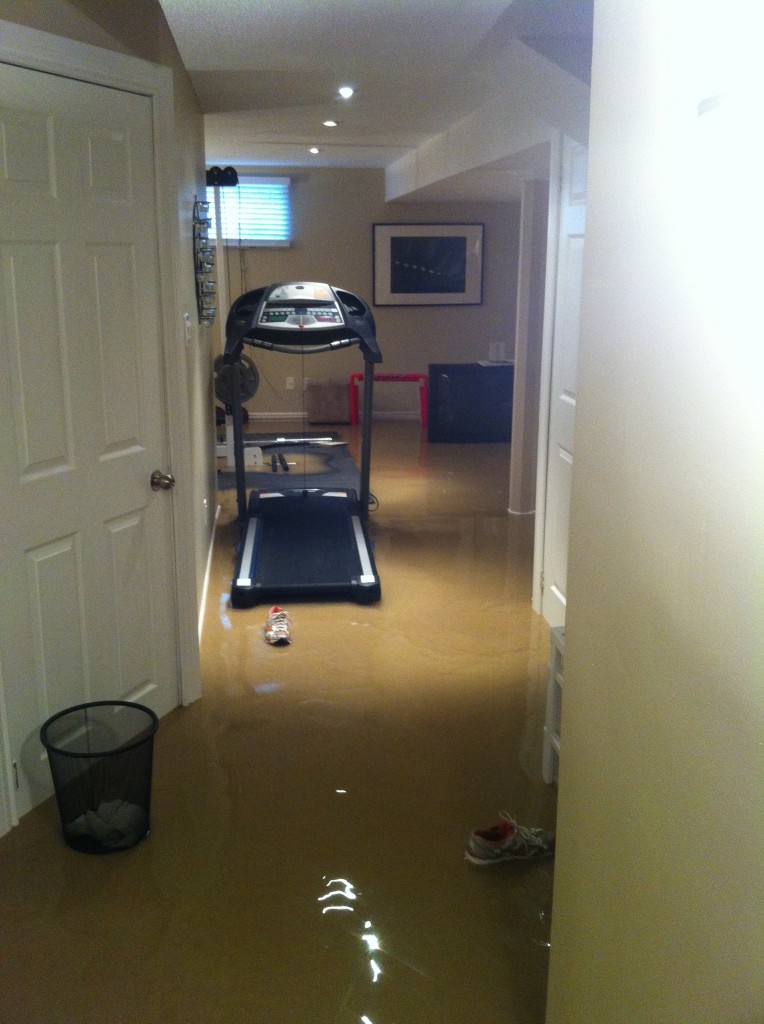Mushroom and goat cheese quiche
My friend Renée sent this recipe in the week before my wedding. Let’s just say that the level of disorganization that currently characterizes the Shuffler household could best be described as “epic”. Please bear with me.
Renée found the original recipe here. She made a few small changes that I’ve noted in italics. Renée’s comments on making the quiche: “Pie crust making method was super easy! Will use this method again in future.”

Ingredients
Crust:
1/3 cup unsalted butter, chilled
1 1/2 cups all-purpose flour
1 teaspoon chopped fresh thyme
1/8 teaspoon salt
1/4 teaspoon freshly ground black pepper
1 1/2 Tablespoons ice water (or more)
1 teaspoon white vinegar
Filling:
1 teaspoon extra-virgin olive oil
1/4 medium red onion, peeled & diced (about 1/2 cup)
1 large clove garlic, peeled & minced
4 ounces mixed mushrooms (oyster, cremini, portobello or white button), stemmed & cut into 1/2-inch pieces (2 cups)
8 large eggs (Renée decreased the eggs to 5 and added 1/3 cup milk)
6 fresh basil leaves, chopped (about 2 Tablespoons)
2 teaspoons chopped fresh oregano leaves
1/8 teaspoon freshly grated nutmeg
1/4 teaspoon white pepper
1/2 teaspoon sea salt
4 ounces goat cheese, crumbled (can also use Swiss or smoked gouda)
Directions:
1. Preheat oven to 350°F.
2. Prepare crust: Cut the butter into small pieces and place in the bowl of a food processor with the flour, thyme, salt and 1/8 tsp. of the pepper. Pulse several times to combine. Pieces of butter should still be visible. Mix the water and vinegar and slowly add to the flour mixture, pulsing to combine as you do so, until the mixture comes together. You may need to add a little more ice water. You want the crust to come together when pinched, but not to be a wet, sticky ball. Use your own judgement and add the water carefully.
3. Turn the dough out onto a piece of plastic wrap and form it into a ball. Cover with another piece of plastic wrap and, using a rolling pin, flatten the dough into a circle about 4 inches across. Refrigerate the dough for 15 minutes while you make the filling.
4. Prepare filling: In a sauté pan, heat the oil over medium heat and sauté the onion and garlic for 2 minutes, stirring often. Add the mushrooms and continue to cook 5 minutes, or until the mushrooms are soft and there is no liquid in the pan. Set aside to cool.
5. After the dough has chilled and rested, roll it out between the two sheets of plastic to fill a 9-inch pie plate. Peel the plastic off the top and carefully transfer the crust to the plate. Peel the other layer of plastic off. Gently press the crust into the pie plate and trim the edges. If you like, give the edges a decorative fluting. (The crust may be made ahead to this point and refrigerated for 1 day or frozen for up to 1 month).
6. Whisk eggs, then add oregano, basil, nutmeg, white pepper, sea salt and black pepper.
7. Place the pie plate on a baking sheet, scatter the cheeses and sautéed mushrooms in the crust, and pour the egg mixture over the filling.
8. Bake for 35 to 45 minutes, or until the quiche is slightly puffed, springy to the touch, and a toothpick inserted into the center comes out clean.








 VICKY: I lost my
VICKY: I lost my  Our Magazine
Our Magazine
